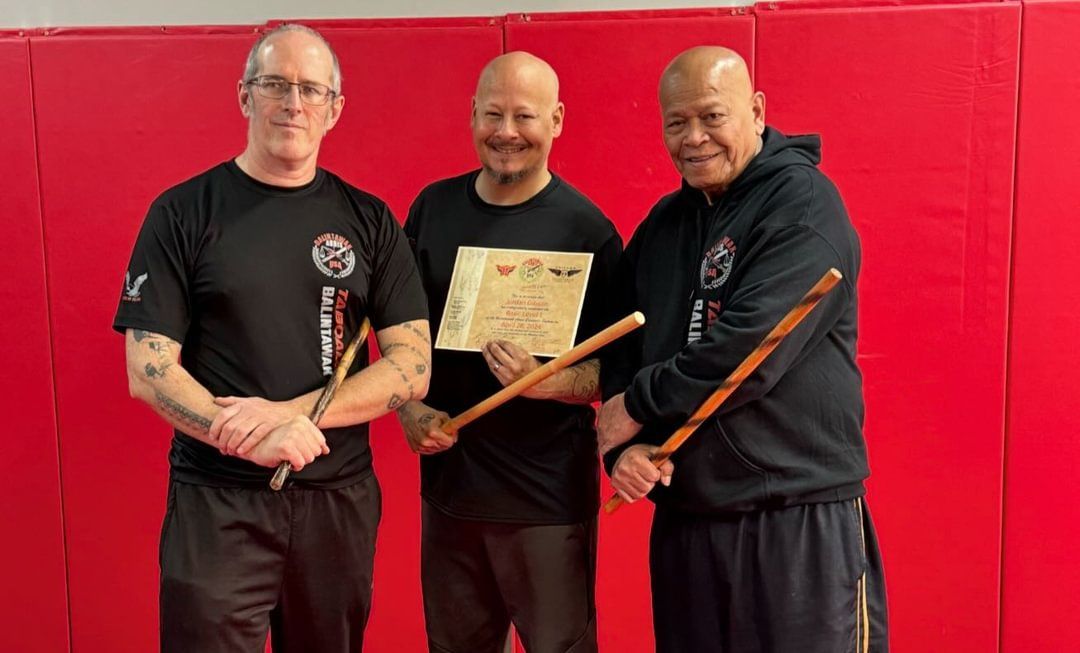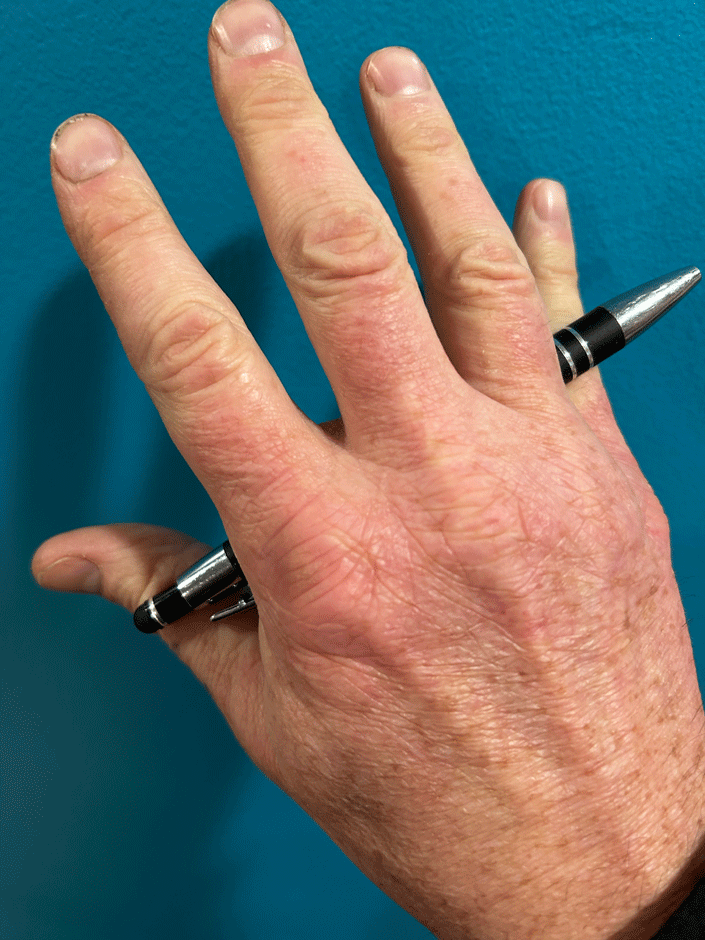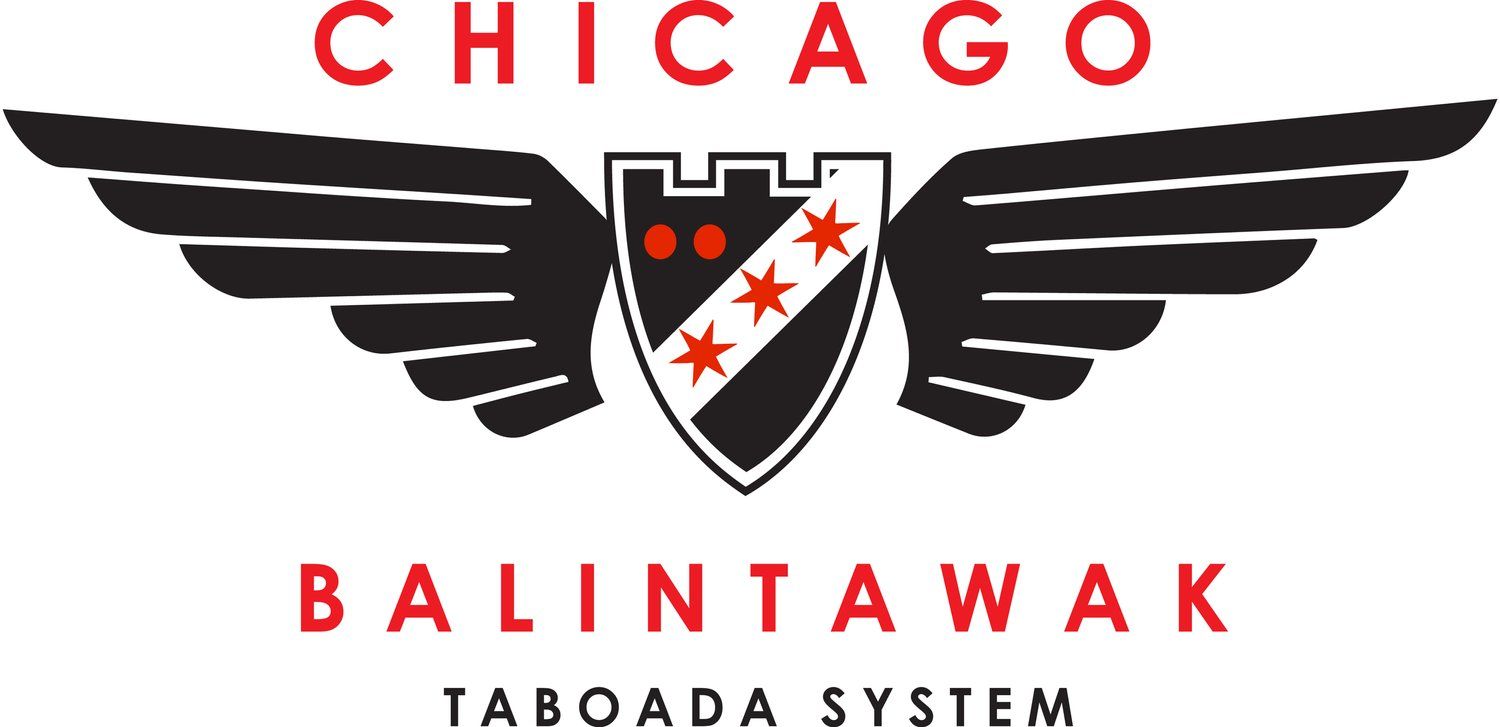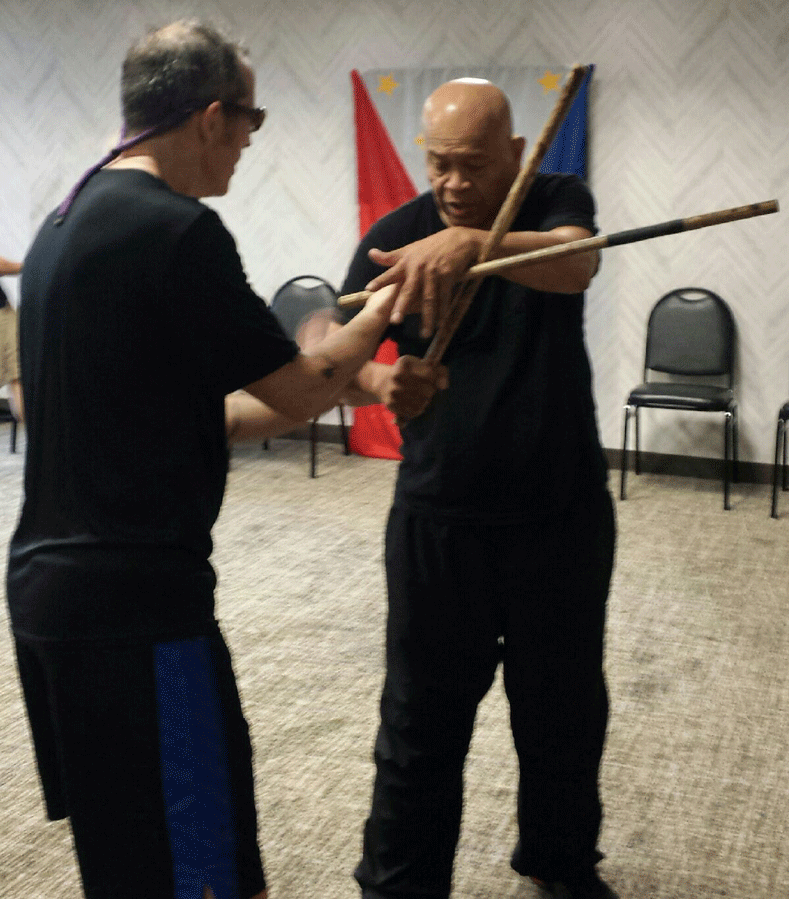How Balintawak Martial Arts Builds Community From the Ground Up
How a Small Class in Evanston Is Building a Global Martial Arts Family
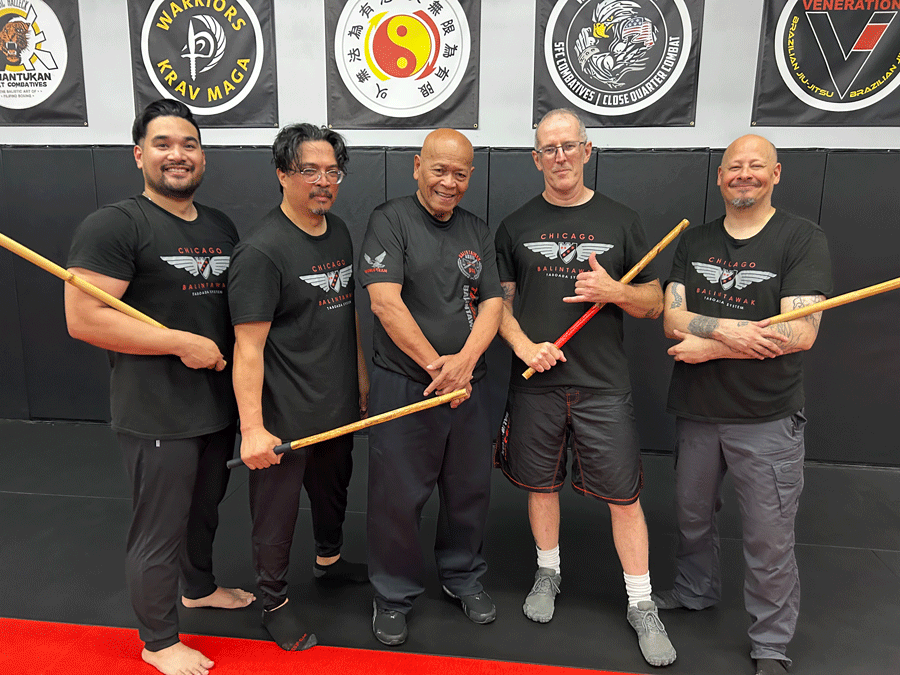
1. Trust: The Core of Martial Arts and Real Community
That’s real trust. It’s knowing someone could hit you, but they don’t. Instead, they use precision and control to make you faster, sharper, and more resilient. It’s mutual respect. And it’s the foundation of how we build something that feels like a community, not just a class.
2. Defensive First: A Shift in Perspective
We focus on developing each other's defensive reactions, not just throwing strikes. That means prioritizing timing, range, and rhythm. When you train this way, you become more thoughtful, more capable under pressure — and more able to protect those you care about.
It’s empowering. It’s grounded. And it brings people together with a shared sense of purpose.
3. Laughing While Swinging Sticks
Yeah, we laugh. A lot.
There’s a kind of magic in swinging sticks at someone, locking them up, twisting their joints a little — and then laughing together when it goes slightly sideways
.
That laughter isn’t just fun; it’s how trust is reinforced. We joke, we mess up, we try again. And in the middle of all that, we get better. Safer. Stronger. Closer.
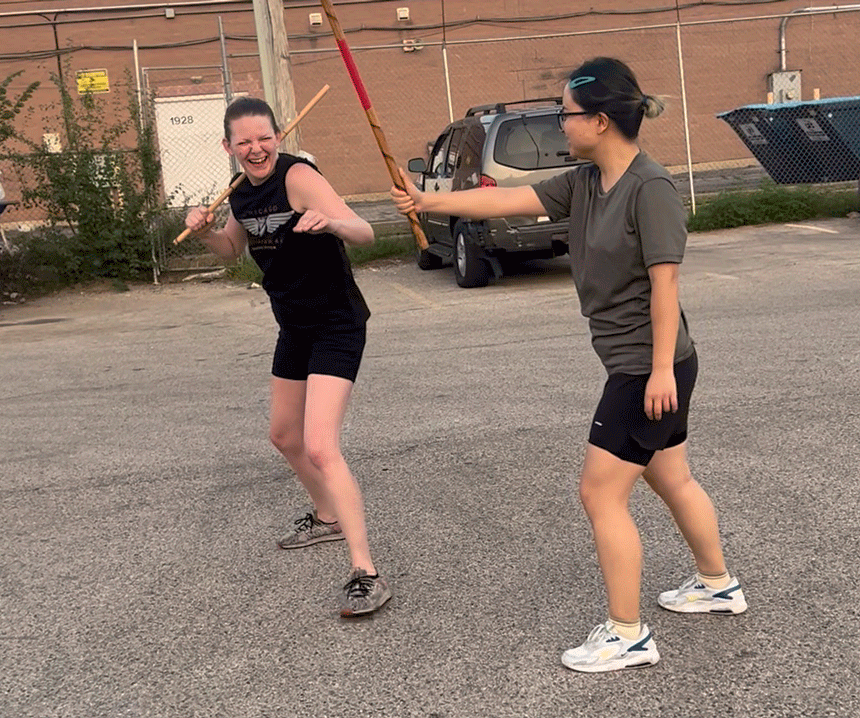
4. Outside Class, Inside the Circle
Our training doesn’t stop when class ends. We keep it going with:
- Group chats to share videos, ideas, and memes (yep, memes are part of the culture)
- Organizing meetups to review material
- Coordinating rideshares to class
Sometimes, students show up early or stay late to help each other out. That’s not something you can force. It happens when people care.
5. Breaking Bread Builds Belonging
One of the most meaningful things we do? We eat together.
After testing or seminars, we celebrate. Potlucks with lumpia, pancit, warm rice, pulled pork. Or heading out to a Chinese buffet and seeing who can stack the most plates.
We tell stories, tease each other, show off old tattoos, and bond. It’s silly and sweet and deeply human. It’s family.
6. Bigger Than Evanston: The Balintawak World
Our local group in Evanston is part of a global community of Balintawak practitioners. Every year we connect with others at seminars, and at the annual Balintawak World Camp.
We train hard. We play hard. We form real relationships that extend beyond our city and our state. You meet someone at camp, and a year later, you’re visiting their school in another city, jumping into their training group like you never left.
All Walks of Life. All Ages. All In.
Our students come from everywhere: doctors, engineers, bartenders, security pros, artists, business owners. We’ve got guys in their 20s, women in their 30s, and folks in their 60s sharpening skills side by side.
That diversity builds empathy. It builds perspective. And sometimes it reveals small-world surprises: like when one student realized another used to hang out with his dad in high school!



